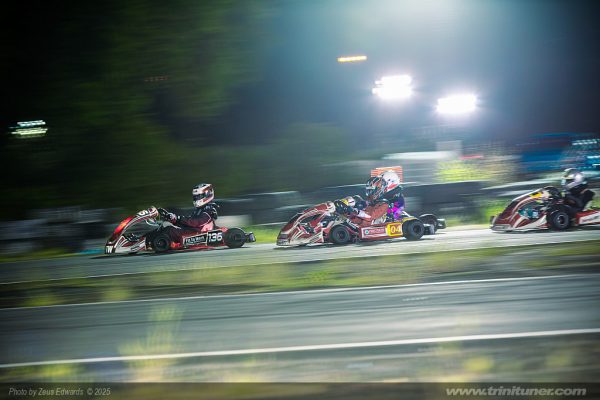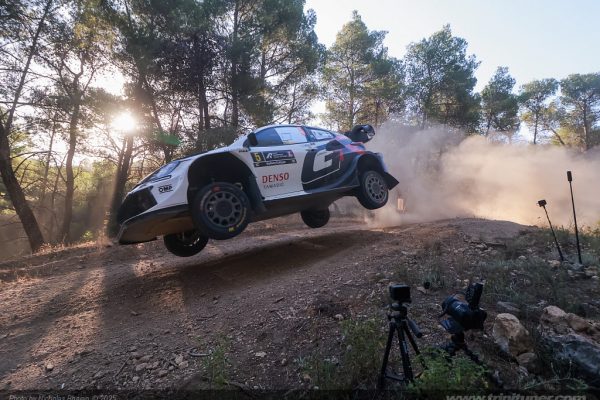Presenting evidence clearly and convincingly has always been central to courtroom success. Today’s jurors are inundated with digital media in their everyday lives, and their expectations for clarity, engagement, and comprehension reflect that. Lawyers who want to hold their attention and communicate complex details effectively are increasingly turning to visual content. Whether it’s a timeline, a medical animation, or a 3D reconstruction, the right visual can strengthen an argument and make a lasting impression. But effective use of visuals isn’t just about inserting graphics — it’s about strategy.
Here are six proven approaches to using visual content that can help your case resonate with jurors and leave a clear impression.
Expert Strategies that Make an Impact
Effective visual storytelling in court often begins with insight from those who specialize in litigation visuals. These experts know how to translate dense information into something both digestible and persuasive. Experts like High Impact provide attorneys with customized visuals that reflect a deep understanding of trial dynamics, jury behavior, and the nuances of the legal process. Their experience informs not just the design of a visual, but how and when it’s presented.
Rather than relying on generic graphics, working with professionals allows attorneys to frame arguments around precise, impactful visuals. This might mean reconstructing an accident using 3D animation, illustrating a surgical error with anatomical accuracy, or building a timeline that puts events into immediate context. Experts often recommend integrating these elements early in the case development, so the entire narrative can be shaped around the visuals. That way, they don’t feel like add-ons, but rather integral pieces of the story.
Clarifying Timelines with Visual Flow
Few things are more confusing for jurors than a case that jumps back and forth in time. Cases involving multiple events, people, or stages—such as medical malpractice or corporate fraud—benefit tremendously from clear, chronological visualizations. A timeline offers jurors a framework to hang facts on, making testimony easier to follow.
Visual timelines should be more than a sequence of dates. They need to show the rhythm of events—what happened quickly, what took months, and how key decisions or failures intersect. Color-coding, spatial layout, and proportional distances all contribute to a juror’s intuitive grasp of what’s being presented. When used during opening statements, these visuals prepare jurors to absorb details more effectively as the trial progresses.
Using Medical Animations to Translate Complex Testimony
Medical testimony can be among the hardest for jurors to grasp. Expert witnesses often discuss internal injuries, surgical techniques, or physiological processes that are nearly impossible to picture without help. Static images from MRIs or surgical reports can fall short of delivering the clarity required.
Medical animations bridge that gap by showing movement, relationships between anatomical parts, and the effects of trauma or medical interventions. They give context to what a doctor or expert is saying and turn jargon into a visual story. For example, instead of hearing how a spinal cord was compressed, jurors can see the disc herniation impinging on nerves, making the injury and its consequences far more tangible. These visuals aren’t just helpful—they often become the moment when the case clicks into place for a jury.
Recreating Events with 3D Accident Reconstruction
Accidents—whether involving vehicles, machinery, or physical altercations—are rarely straightforward. Jurors often struggle to piece together the angles, speeds, or sequences involved. A 3D reconstruction provides a visual reenactment that shows how an incident occurred, often built from surveillance footage, forensic measurements, or eyewitness accounts.
The advantage of a 3D reconstruction lies in its ability to remove ambiguity. Instead of competing descriptions, there’s a single visual model grounded in data. This not only supports expert testimony but also allows jurors to explore the event spatially. They can understand sightlines, reaction times, and points of impact in ways that charts and words cannot replicate. When done well, these reconstructions give jurors confidence in their understanding—and their verdict.
Highlighting Patterns with Comparative Graphics
By the time a case reaches closing arguments, jurors have absorbed a flood of information. The goal at this stage is clarity—reminding them of the key facts, framing them persuasively, and reinforcing the logic of your side’s interpretation. Visuals at this phase serve as anchors, helping the jury organize their thoughts and recall the emotional and factual heart of the case. Recap visuals often include simplified timelines, infographics that summarize damages or liability, or animations revisited with a new voiceover.
Visual content has become more than a supplement to legal arguments—it’s a strategic asset. Used thoughtfully, it brings clarity to complexity, emotional resonance to dry data, and structure to sprawling narratives. The courtroom is still a place for facts and persuasion—but the way those facts are shown can shape the verdict.
Many cases involve patterns—whether in behavior, outcomes, or data. These patterns often span across documents, testimonies, or reports, and without visual support, they’re easy to miss. Comparative graphics offer a way to lay multiple pieces of information side by side, inviting jurors to spot consistencies or contradictions for themselves. This could take the form of bar charts, heat maps, or side-by-side exhibits. In a product liability case, visuals might show how a series of defective parts failed under the same conditions.
Strengthening Closing Arguments with Recap Visuals

By the time a case reaches closing arguments, jurors have absorbed a flood of information. The goal at this stage is clarity—reminding them of the key facts, framing them persuasively, and reinforcing the logic of your side’s interpretation. Visuals at this phase serve as anchors, helping the jury organize their thoughts and recall the emotional and factual heart of the case. Recap visuals often include simplified timelines, infographics that summarize damages or liability, or animations revisited with a new voiceover.
Visual content has become more than a supplement to legal arguments—it’s a strategic asset. Used thoughtfully, it brings clarity to complexity, emotional resonance to dry data, and structure to sprawling narratives. The courtroom is still a place for facts and persuasion—but the way those facts are shown can shape the verdict.



















